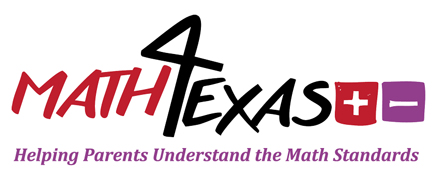T.i.P.S.
-
 Students will find the probabilities of a simple event and its complement and describe the relationship between the two. A complement to a simple event is the probability of the non-occurrence of a desired outcome such as the probability of selecting any card but a face card from a deck of cards. The complement can be addressed by determining the probability of an event and subtracting that probability from 1 or by using the sample space to eliminate the possible outcomes of a given event and determining the probability of the remaining outcomes of the given event.
Students will find the probabilities of a simple event and its complement and describe the relationship between the two. A complement to a simple event is the probability of the non-occurrence of a desired outcome such as the probability of selecting any card but a face card from a deck of cards. The complement can be addressed by determining the probability of an event and subtracting that probability from 1 or by using the sample space to eliminate the possible outcomes of a given event and determining the probability of the remaining outcomes of the given event.
Example
-
Mary is developing a game for a project and was calculating the probability of landing on the yellow section using the spinner below.
Mary stated that the probability of landing on yellow was 1/5 and its complement was 4/5. Is Mary correct? Explain her thinking.
Hint
Possible Solution
Digital Tools
-
Click on the following links for interactive games.
Resources
-
Click on the following links for more information.
TEKS
-
Supporting Standard
(6) Proportionality. The student applies mathematical process standards to use probability and statistics to describe or solve problems involving proportional relationships. The student is expected to:
(E) find the probabilities of a simple event and its complement and describe the relationship between the two





 Click
Click 

